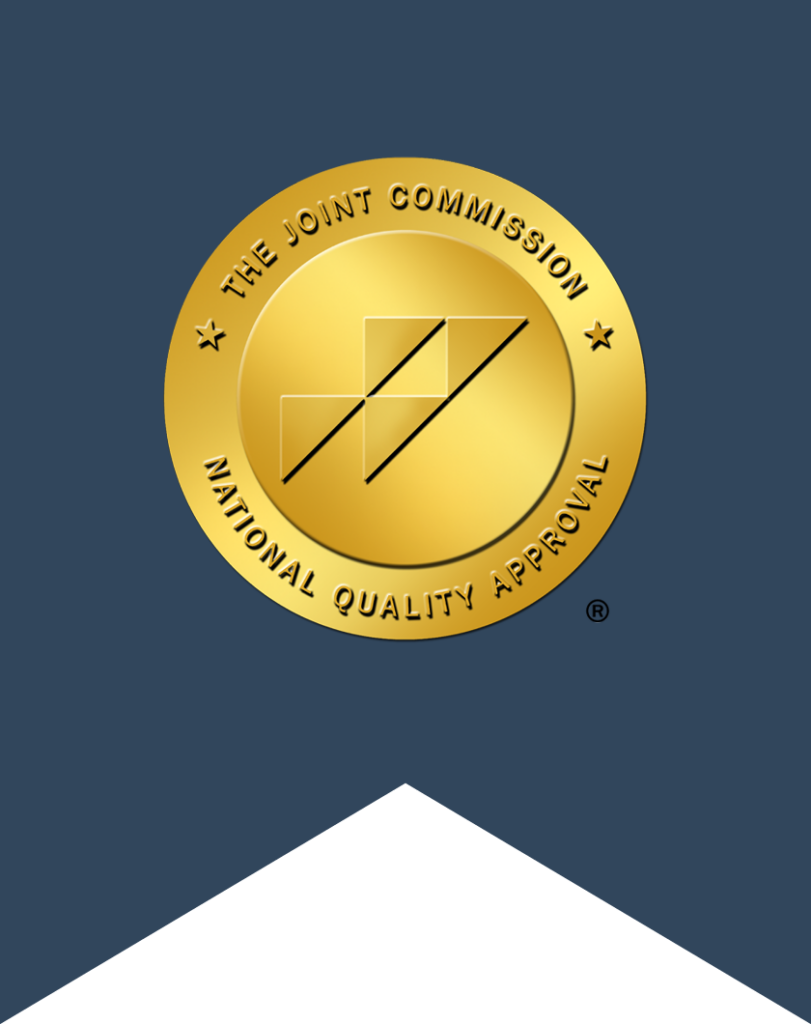Codependency is a phenomenon that has only been recognized in the medical world for about 10 years. The disorder was initially identified when researchers who were studying interpersonal relationships between the family members of alcoholics began noticing similar patterns among the addict’s family. While the definition has been expanded to include chronically and mentally ill individuals, the most traditional usage of the term codependency is still used to describe partners in chemical dependency, as well as persons living with or in a relationship with an addict.
The codependent person is one who gains all of their self-worth and self-esteem from others. They will often have a hard time being themselves. Their intentions are usually good; at first, they’re just trying to help someone out who’s going through a rough patch. Codependency is the diagnosis when the behavior of “helping out” becomes compulsive and defeating. They continue to build their life around taking care of someone else at the complete expense of themselves, becoming a martyr. This behavior almost always starts small; maybe a husband covers for his alcoholic wife who is too ill following a bender to make it into work, or a mother lies to the authorities to prevent her drug-addicted child from getting arrested. Regardless of the size of the infraction, the behavior can become ingrained within both parties, leading to disaster. The codependent has started a bad precedent of constantly making excuses for their loved one, and their loved one now expects them to do so forever; all the while feeling that they are above consequences, as they never have to experience any.
Codependency is often thought to stem from individuals who grew up in dysfunctional families. A dysfunctional family is defined by the Mental Health Association of America as a family in which “members suffer from fear, anger, pain or shame that is ignored or denied.” Dysfunctional families deny that any legitimate issues or problems exist. They don’t talk about them, they don’t try and work on them, so naturally, the children who grow up in those types of households learn to mimic that behavior. They’ll transition into a type of survival mode where they learn to repress emotions, disregard their own needs and essentially detach themselves from all emotional aspects of society. When an individual decides that tending to the needs of another is more important than the needs of their own, eventually, they’ll lose track of their desires and what makes them function.
Do I Have Codependency?
Women have a very long history of developing codependency. Sometimes they have mothers that are overly critical of them growing up and other times they have absentee fathers. Regardless of the circumstance, they’ll begin looking for someone to “fix.” The theory is that if they find someone who needs help, then they’ll feel better as a result of helping them. And who needs more help than an addict? Unfortunately, this thinking is incredibly flawed as both parties grow unnaturally dependent on one another and before they realize it, they are trapped in behavioral patterns. The codependent is overly controlling, thinking that they’re helping, and the addict becomes that much more helpless and less capable of standing on their own. Some characteristics of codependency, according to Mental Health America, include the following:
- An exaggerated sense of responsibility for the action of others
- A tendency to confuse love and pity, with the tendency to “love” people they can pity and rescue
- A tendency to do more than their share – all of the time
- A tendency to become hurt when people don’t recognize their efforts
- An unhealthy dependence on relationships. Those afflicted with codependency will do anything to hold on to a relationship, to avoid the feeling of abandonment.
- An extreme need for approval and recognition
- A compelling need to control others
- Lack of trust in self/others
- Fear of being abandoned or alone
- Difficulty identifying feelings
- Rigidity/difficulty adjusting to change
- Poor communication
- Difficulty making decisions
Codependency is an incredibly difficult and taxing disorder that a great majority of partners and family members of addicts suffer from. Codependency can absolutely be treated and many individuals recover from it, however, like with addiction, one of the most difficult parts of the illness is coming to terms with the fact that you do in fact suffer from it. The first step of treating codependency is education. It’s necessary to learn about and understand the cycle of addiction to really see how it seeps into and affects relationships. Enabling behaviors must be identified and stopped.
If you’ve found yourself in a relationship with an addict and aren’t sure how to proceed, definitely call the folks at Destination Hope so we can help guide you. Destination Hope is a full-service drug, alcohol and dual diagnosis treatment facility for women with substance abuse issues in Florida. We have extensive experience treating family issues like codependency, so call us and let us help you recover.
